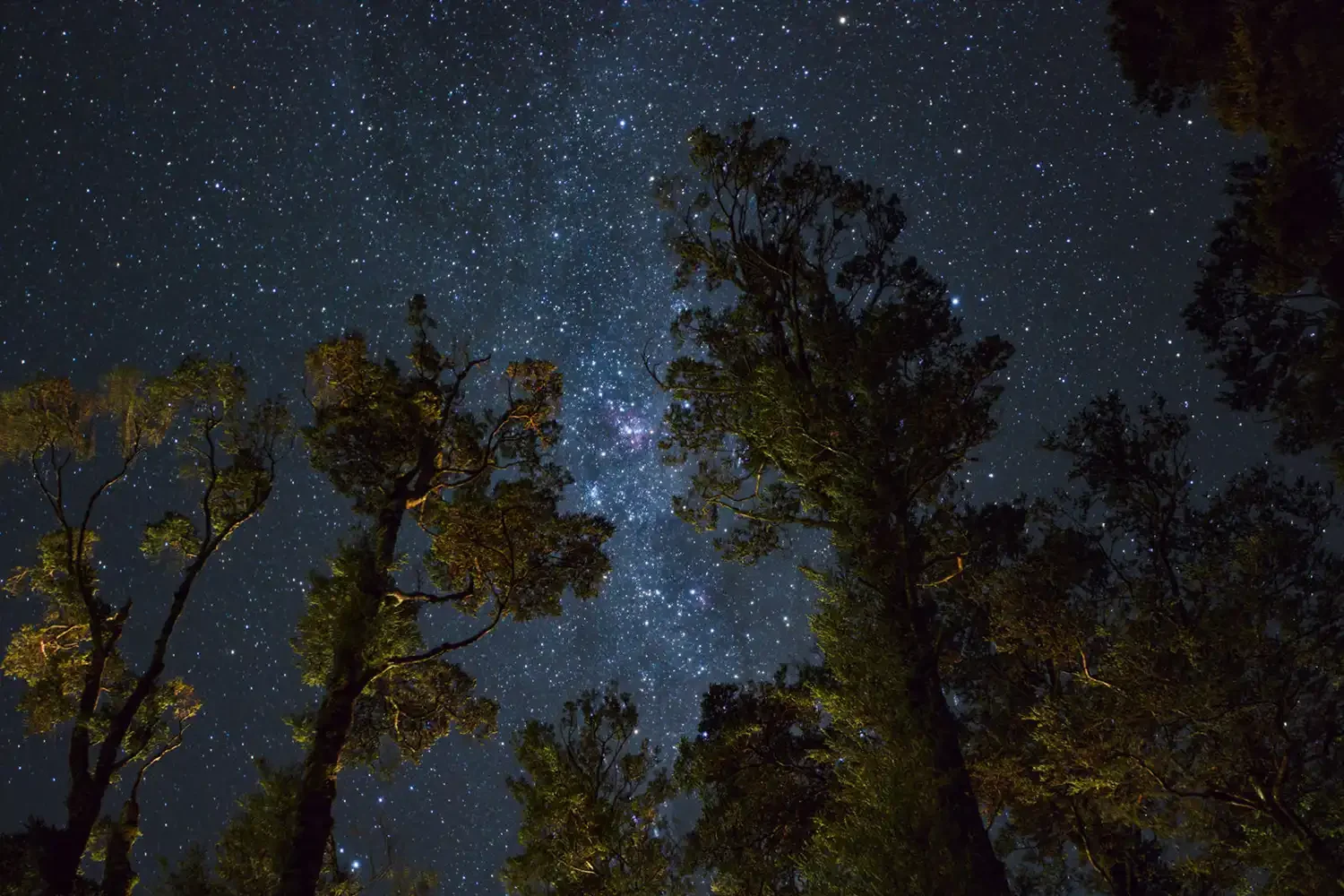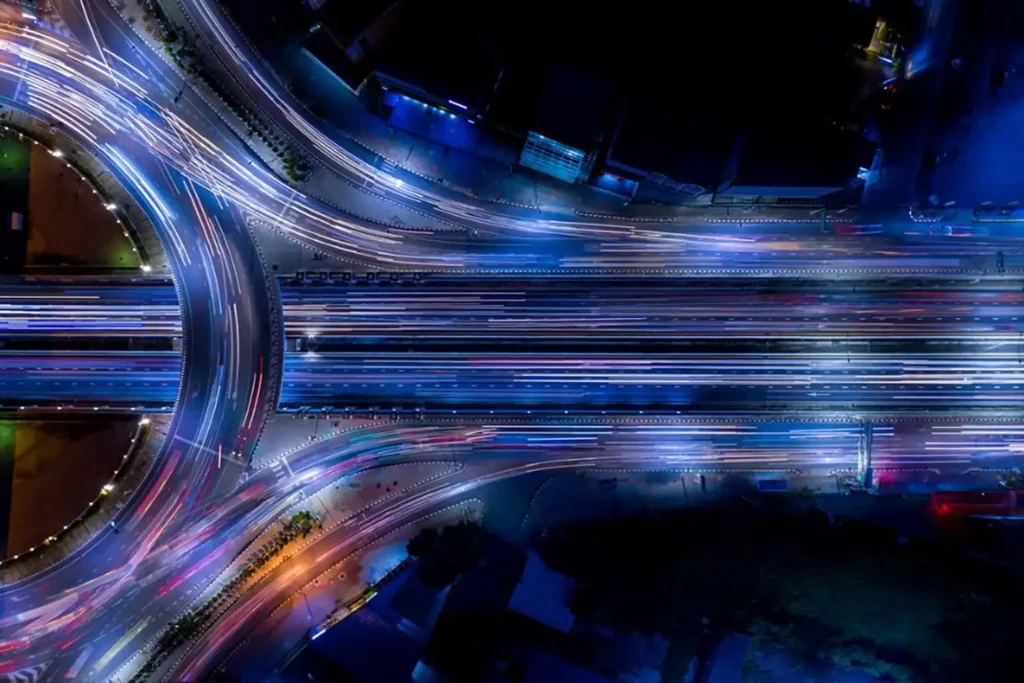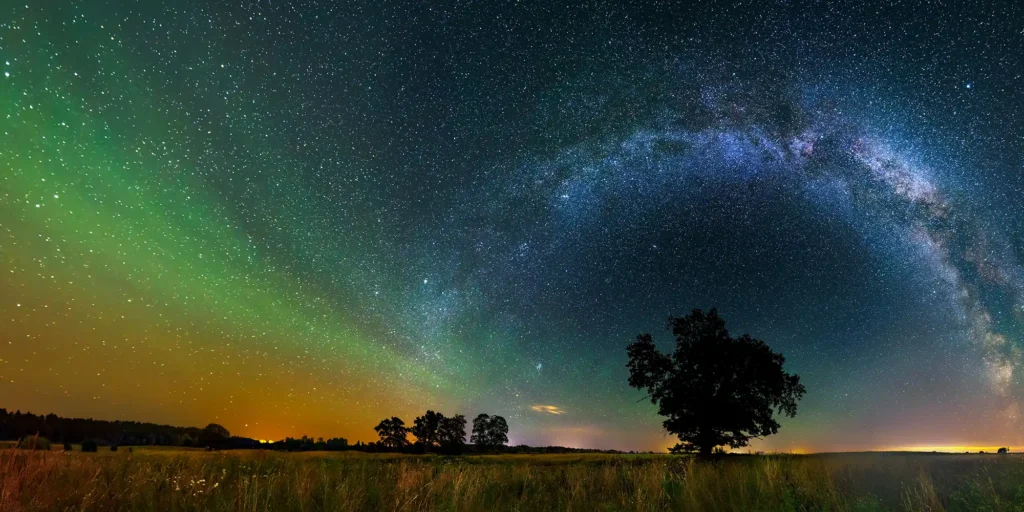Optimising night vision lighting does not compromise the night sky under low light conditions, because for human eyes, orange is the optimal colour for outdoor lighting at night.
Perhaps this is an ancient survival adaptation we developed to allow us to peer into the dark while sitting around a campfire.
We have rod and cone receptors in the retinas at the back of our eyes. The cones are known as red, green and blue, and detect fine detail, colour, and require moderate light to function. The rods are responsible for very low lighting level perception but are monochromatic and very low in visual acuity. To see and interpret objects clearly, we need enough light for the cones to work.
Ideal outdoor lighting at night should aim to maximise perception from all these receptors.
Unfortunately, too many lighting designers and engineers do not take this physiology into account, and go down the “brighter is better pathway” to the detriment of our vision, wildlife, and the night sky.
Red light was traditionally thought to be the best light to preserve dark adaptation, but this is not the case. Red light does not engage the green cone receptors (typically about 30% of our cones), so red light needs to be brighter than orange light (which has a green component) to achieve the same visual acuity. Orange maximally stimulates our red and green cones, so less light overall is needed.
But what about the blue cones? Well, we don’t actually see in blue. Only 5 % of our cones are blue. So few, that we cannot image anything with them alone. There are just enough of them to tell the brain by an alternative nerve pathway that an object is blue. Once this is achieved (and it does not take much), extra blue does not improve the image.
Too much green will saturate our rods, which are maximally sensitive in this colour. That will lead to loss of very low light level peripheral vision, that detected lions and tigers sneaking up on us in years gone by, and in modern days still let us perceive what is lurking in the shadows.
So, the optimal colour of light for outdoor night vision is orange. That is, red combined with enough green to stimulate most of the cones, not too much green to overwhelm the rods and only enough blue to trigger the blue cone colour detection.
Narrow spectrum orange, as used in the older High pressure Sodium lamps does not achieve good colour rendition, whereas LED lights do achieve broader spectrum colour that improves colour rendition. This is often reported as Colour Rendition Index or CRI on a 0-100 scale.
For example, one light on the market has the spectrum below. In this example, in spite of very little blue or green the colour rendition is very high at 90.

There is no quality evidence that increasing the blue or green content of lights decreases motor vehicles accidents, burglary, or personal assault rates.
The great news is, that there does not need to be a compromise between good night outdoor vision, and minimising the blue and green light responsible for most light pollution.




